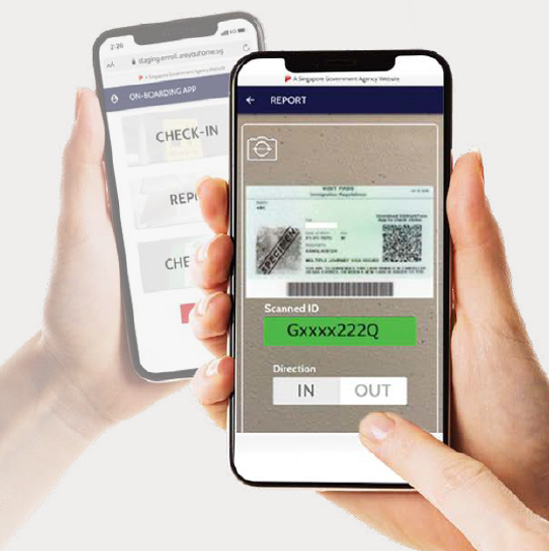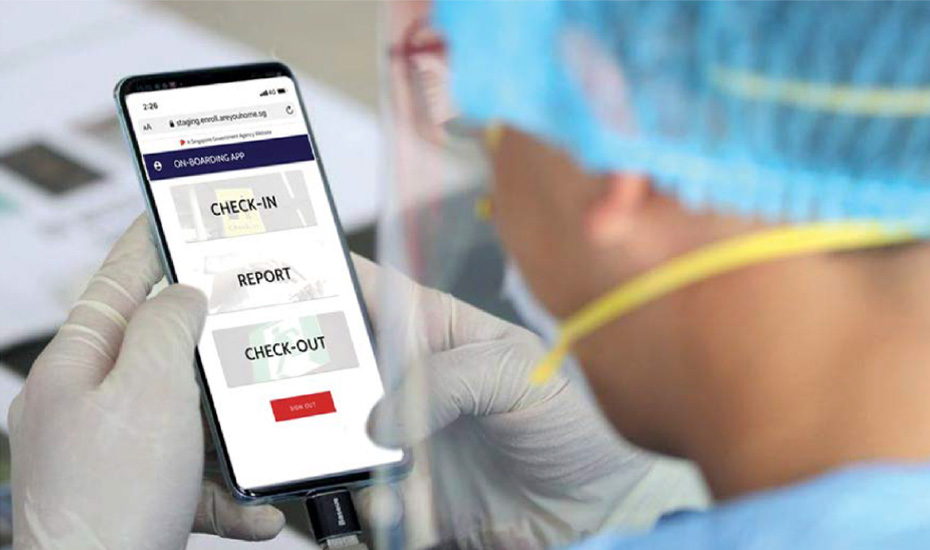MOTF understood only too well the basic principle of data management - rubbish in, rubbish out. It had to make sure that the inputs were as accurate as possible so that the dashboard would be functional and useful. This was a mammoth task with many operational challenges. Initially, the task force did not even know where to pick up migrant worker patients to transport to CCFs and CRFs. It was difficult to locate them because many had been moved out of their registered dormitories. Although their employers had to update the registered residence within 14 days, this was far too slow for MOTF to convey them to the right care facility in a timely manner. Clearly, there had to be a system to track COVID-19 patients, and clean up the data so that MOTF could act on it.
Taking a leaf from the Army's experience when it moved its tracking of NSmen through numerous nominal rolls to more digital means, MOTF quickly shifted to a similar digitalisation strategy with the Migrant Worker COVID tracker. This was designed so that every individual's data and movement could be easily updated, even if he could not do it himself. MOTF explored various ideas, from wristbands to QR codes, and eventually settled on the Migrant Worker Conveyance Monitoring (MWCM) mobile app. This tracked the movement of a COVID-19 infected migrant worker by scanning the barcode of his Foreign Identification Number and updating the system on his location and status of conveyance.


The Migrant Worker Conveyance Monitoring mobile app.
Source: MINDEF
The MWCM app was deployed to all Swab and Isolation Facilities, Government Quarantine Facilities, CCFs and decant sites. The system was also integrated with apps such as MOM's Tenant Management Module, which captured information on a migrant worker's move into and out of a dormitory.
Unfortunately, the MWCM app was not widely used at first by managing agents at the facilities so there were gaps in information on the workers' location. To encourage managing agents to use the app, the team added onboarding and monitoring features that managing agents would find useful. They followed up closely to get regular feedback from the managing agents and provide assistance. Eventually, the MWCM app became the one-stop data collection method that simplified and organised COVID-19 data inputs for the migrant worker population.


Migrant worker health status and movement details are entered into a web-based app and the information is consolidated at the Operations Dashboard automatically for planning and tracking purposes.
Source: MINDEF
The agile development and scaling of digital solutions such as the MWCM app was possible because of the strong ops-tech partnership between the SAF and DTC. Knowing that technology would be a key enabler to carry out its mission, MOTF had brought in DSTA engineers from the start to form the nucleus of its ops-tech team. DSTA spearheaded the digital system architecture and design with operational input from the SAF, and reached out to industry partners such as ST Engineering and NCS Pte Ltd to develop, integrate, deploy and maintain the systems. This strong ops-tech partnership generated tailwind for MOTF in its race against the clock to safeguard the national healthcare system from being overwhelmed.